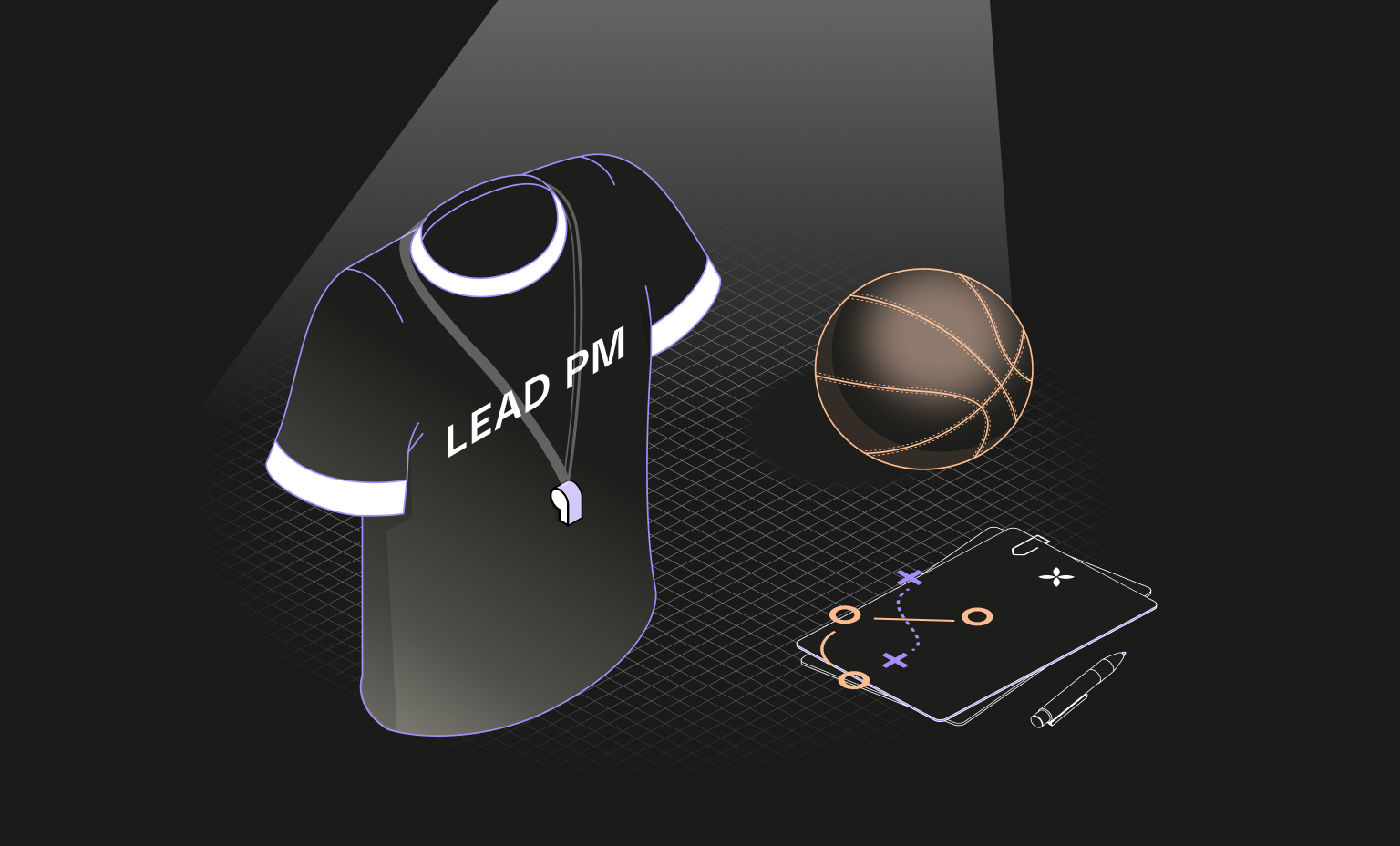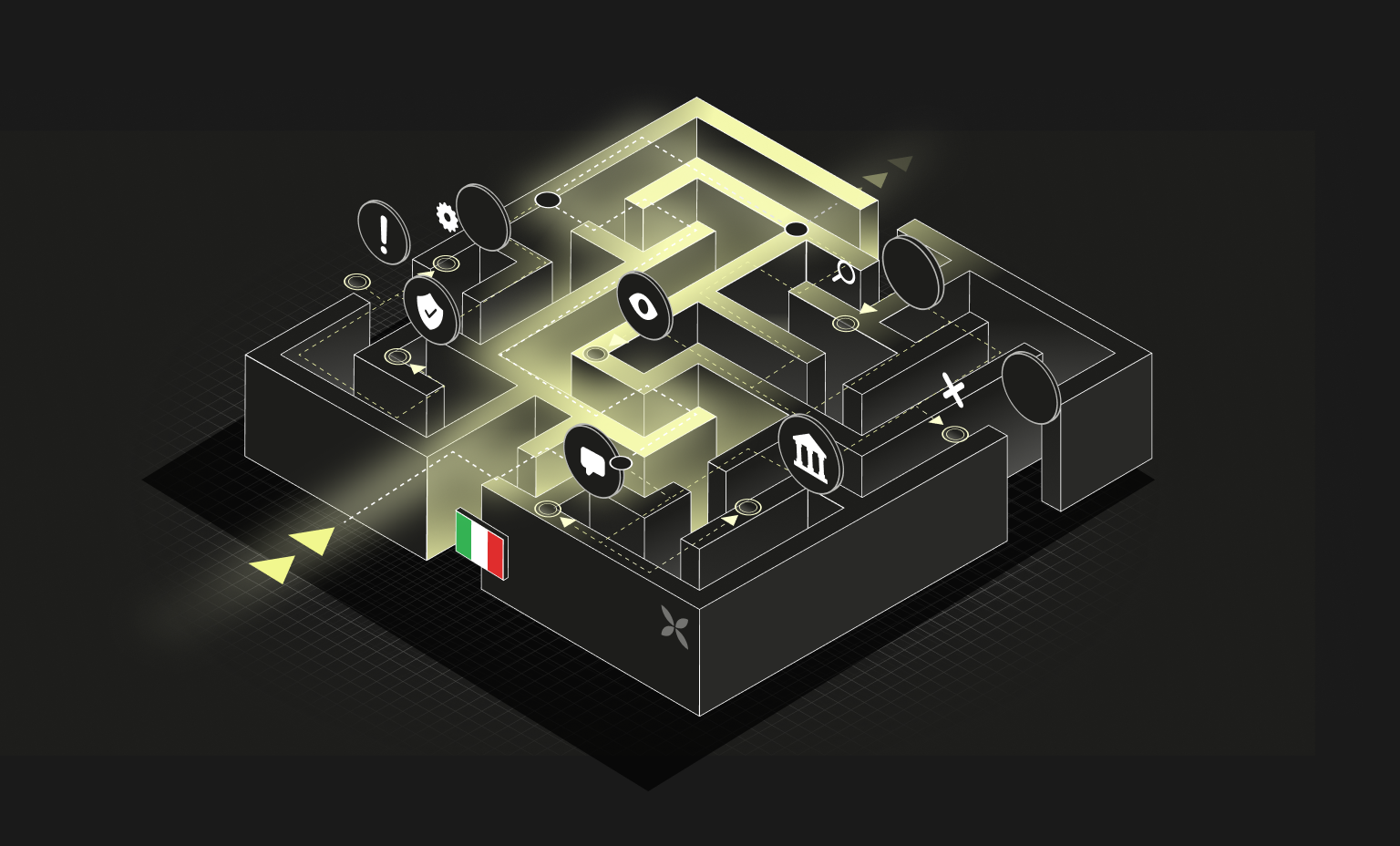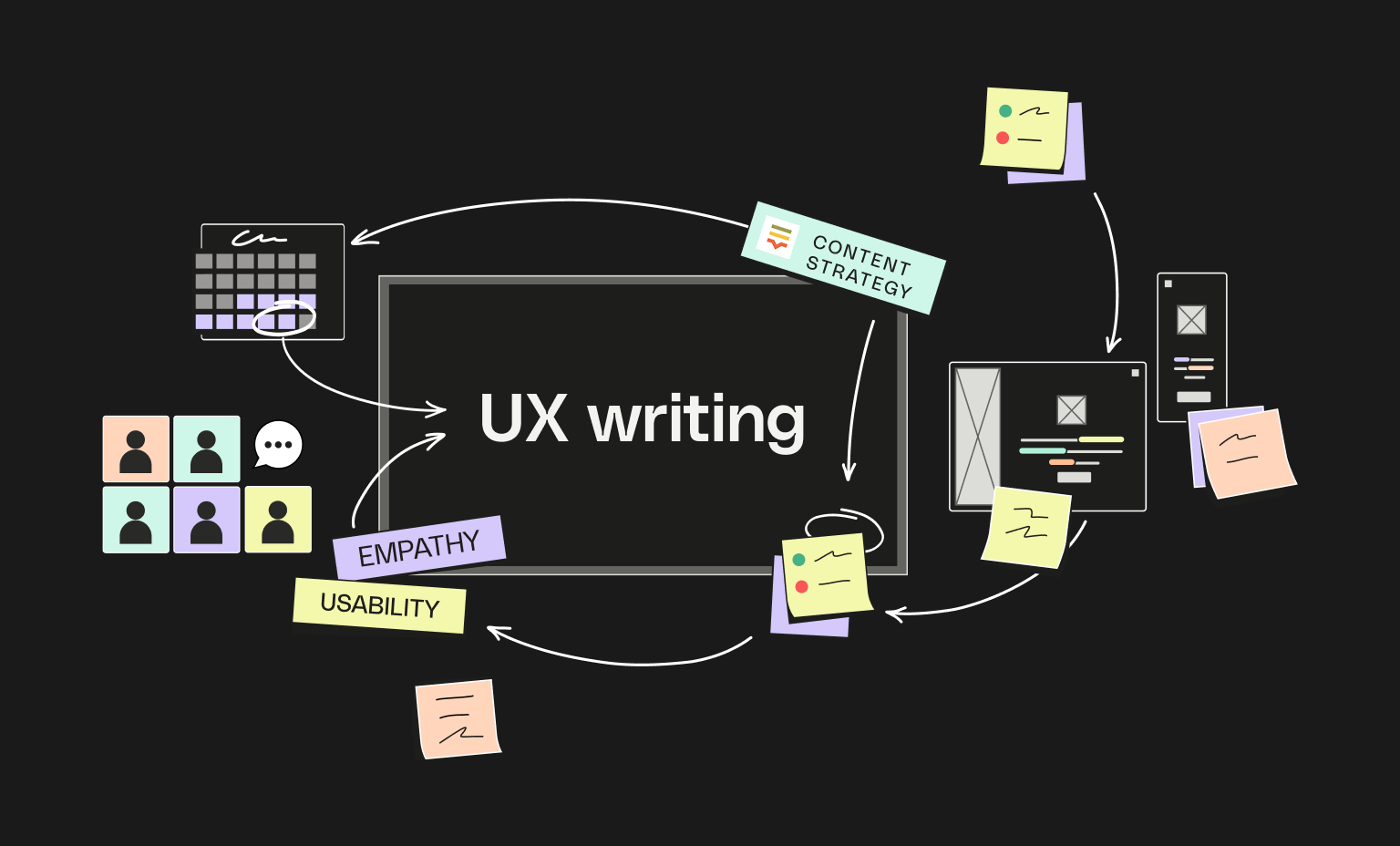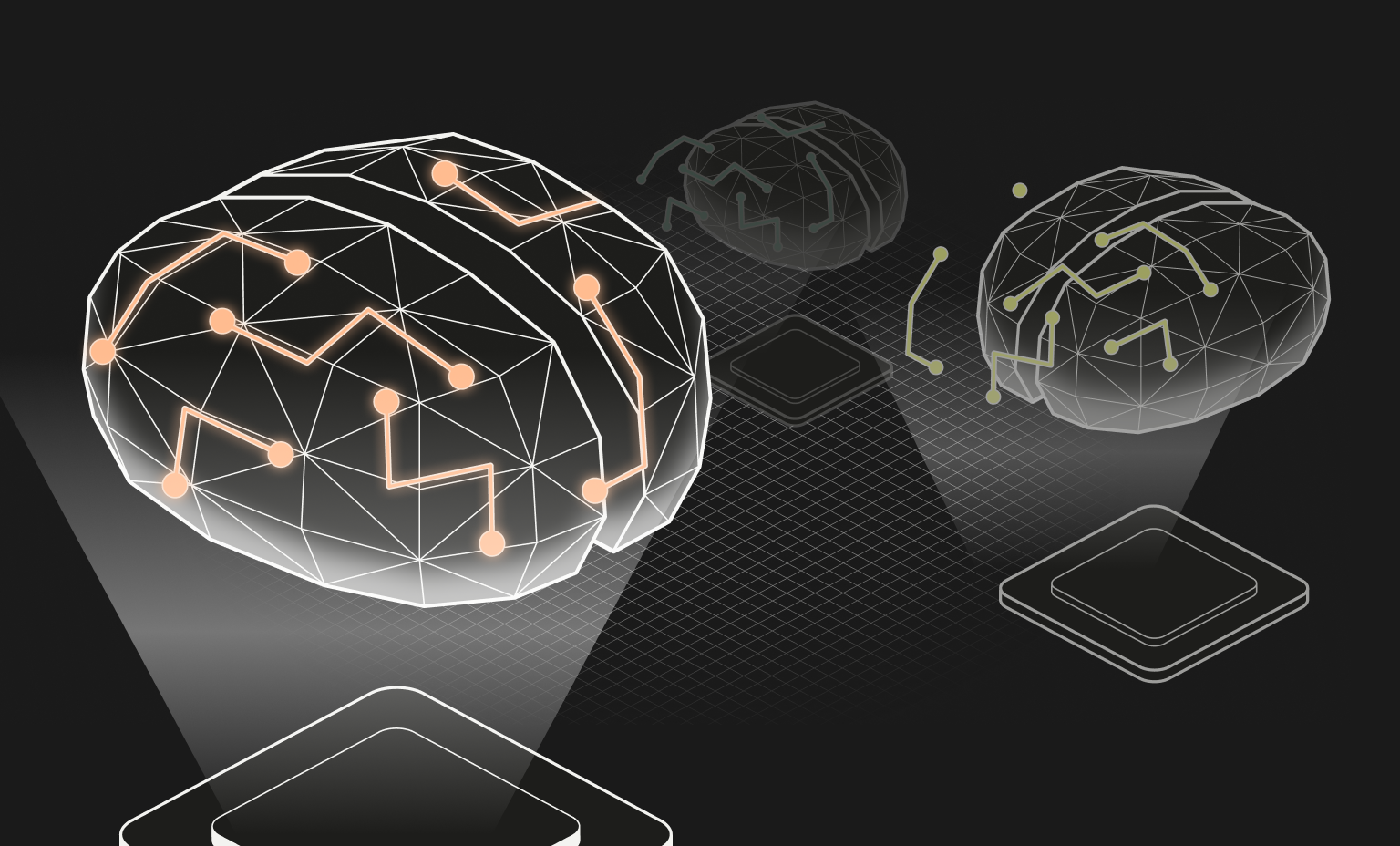Join Qonto’s Product & Design team
Help create the finance tools that simplify day-to-day banking.

Why join the Product & Design team?
Simplifying complex financial operations into intuitive experiences will strengthen your problem-solving abilities and creativity.
You'll team up with skilled engineers, designers, and other product experts who bring out your best work.
You’ll move at startup speed while having all the resources to craft impactful work.
Perks & Benefits
More than a great opportunity
From top equipment to your well-being, Qonto offers a package of benefits to help you do your best work.
Hear from Didier Hilhorst, VP Design
Meet your future workmates
Meet your future workmates


Your next job is waiting for you
Work from several locations in Europe
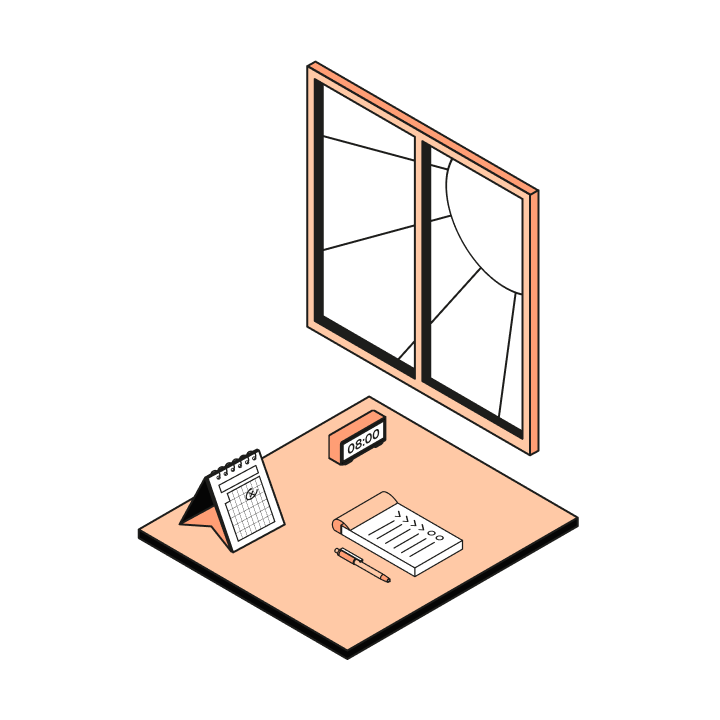
Our hybrid work philosophy
At Qonto, we are committed to nurturing a strong hybrid environment with remote options, while prioritizing on-site work when it is possible and makes sense.
Teams working together to deliver value for customers

Tech & Data
Our team of 400+ talents includes:
- Back and Front-End engineers
- Mobile
- SRE
- Data
- IT
- Security experts.

Growth, Sales, Marketing & Communication
A team of 285+ specialists in:
- Marketing
- Communication
- Performance
- Sales
- Partnerships

Operations & Customer success
Our team of 310+ talents brings together:
- Back-office
- Fraud
- Customer support

Corporate & Middle Office
Our team of 220+ talents includes:
- HR
- Compliance
- Risk Management
- Legal
- Finance experts.
Stories from our Product & Design teams
Surround yourself with talented colleagues
Through their talent and motivation, our teams have earned the trust of more than 600,000 businesses across Europe.
Every Qontoer contributes daily to our mission: to make life easier for entrepreneurs. Join us!





